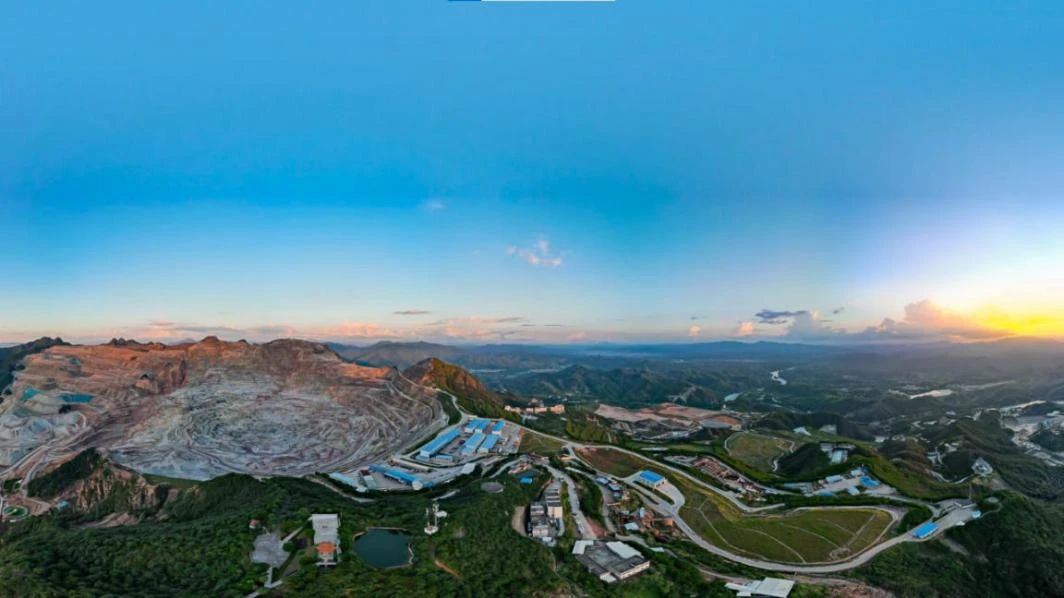
Apr 07, 2022
秘鲁总统佩德罗·卡斯蒂略下令council of Ministers to declare a state of emergency on Monday evening, imposing a curfew in the capital Lima and Callao from 2am to 23:59 PM and lasting until 11:59 PM.
Castillo said the curfew was aimed at "re-establishing peace and internal order" and called for restraint and calm during the curfew.
Transport strikes have broken out across Peru in recent days to protest the high cost of fuel, road tolls and basic goods. Four people have been killed in protests in central Peru's Huancayo city, Defense Minister Garvedia said Thursday.
As violence increased over the protests, some large shopping malls and wholesale markets temporarily closed to prevent looting. Several universities, including the University of Lima in Peru, suspended offline classes.
Inflation may be the main cause
Peru's economy and finance minister, Oscar Graham, said in an interview last week that his country faced the risk of an 'extension' of the Russia-Ukraine war, and that domestic prices rose in March at the fastest month-on-month pace in 26 years.
Peru's consumer price index (CPI) rose 1.48 percent month-on-month in March, the highest level since February 1996 (1.53 percent), and reached 6.82 percent year-on-year, well above the central bank's 1 to 3 percent target.
Inflation in 2021 was 6.43 per cent, the highest in 13 years, in the world's second-largest copper producer. "We are net importers of oil and corn, and geopolitics has a significant negative impact on households," Graham said.
He added that the Peruvian government was evaluating a doubling of the budget for social programs to mitigate the impact of inflation on the vulnerable. Latest reports say Peru has passed legislation to raise the minimum wage by 10% and cut taxes on fuel and food.
Peru is to tax excess profits from mining
Peru is the world's second-largest copper producer, with a share of more than 10 percent, according to 2019 data, behind fellow South American country Chile.
So news from Peru moves the global copper market. Although Russia accounts for less than 5 percent of copper production, the war between Russia and Ukraine has led to a surge in energy and agricultural prices and riots as far away as Peru, indirectly driving up international copper prices. LME copper futures jumped above $10,500 a tonne as of press time, near the all-time high hit in March.

(LME copper daily chart source: UK Wealth)
Mr Graham said Peru needed to do a better job of distributing mining wealth to ordinary people to quell protests against the industry. "The government is looking at changes to taxation, with a focus on excess profits, and how that will change is still being assessed," he said.
But mining groups have repeatedly complained that Peru's mining industry has a higher tax burden than not only neighbouring Chile but also Canada and Australia, big mining countries with which It competes directly.
"Copper market stress is not just about price"

Richard Adkerson, president and CHIEF executive of Freeport-McMoran Inc., the world's largest copper and gold miner, said Wednesday that copper market tensions are 'not just about price.'
Mr Akerson added that while Freeport could be profitable, deteriorating deposit quality and a more demanding operating environment made it impossible for the company to accelerate projects significantly. "Even if copper prices doubled overnight, it would still take years for us to significantly increase production."
Demand for copper will surge during the clean energy transition, he said. "The demand for copper will be much faster than companies like us can produce it." Barring serious economic stagnation, copper will be scarce as demand picks up in electric cars and the renewable energy sector.